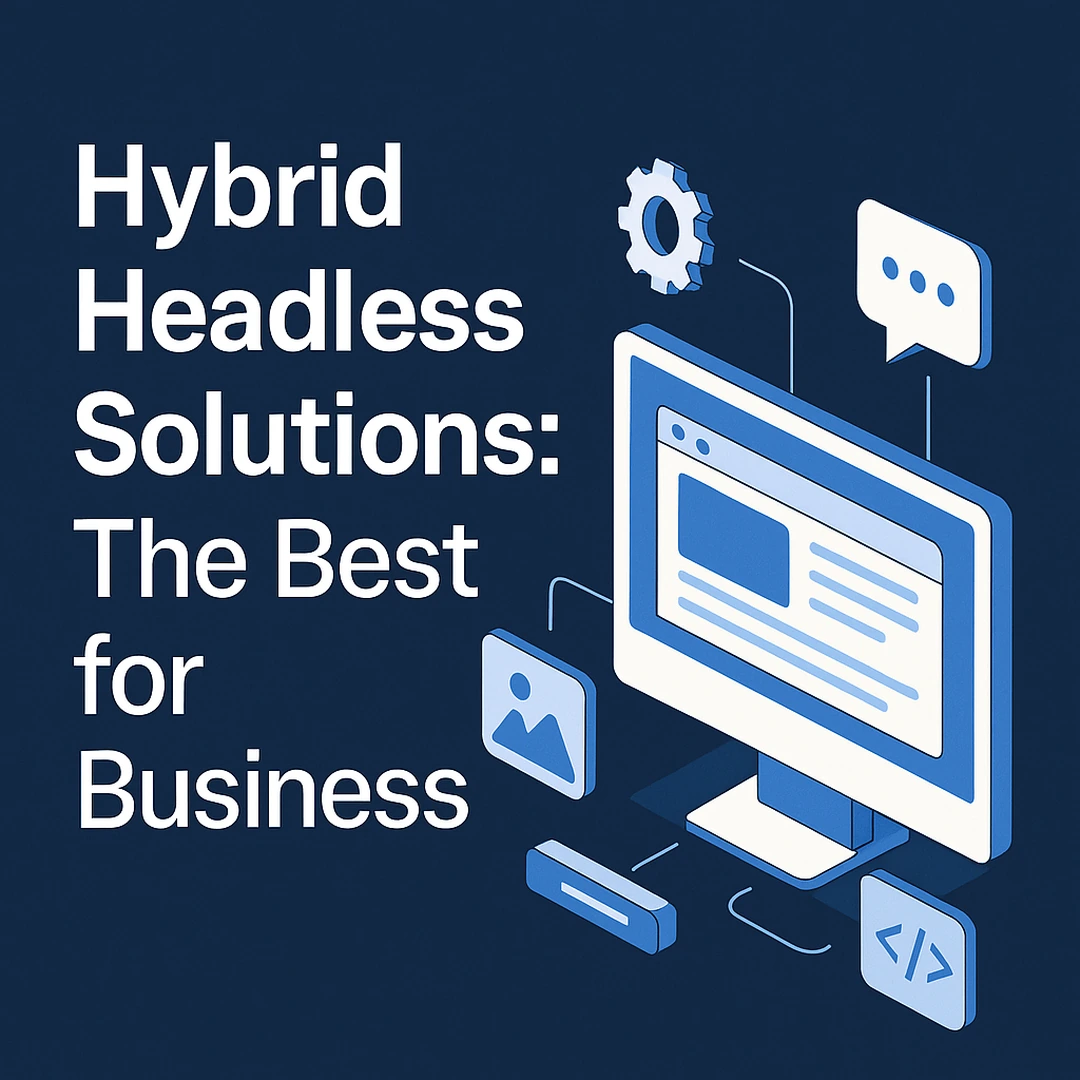Get your free consultation today!
Share with your Colleagues
Categories
ROI Calculator
Moonstone Interactive is the only San Francisco Bay Area web design firm and Internet Marketing expert that offers a free online ROI Calculator
Author: Steve Herz

Table of Contents:
- UI vs. UX: Understanding the Basics
- Tips for Boosting Website Conversion
- SEO Tools and Techniques for E-commerce
- Simplifying the Shopping Experience
- Enhancing Engagement for Better Retention
- Embracing Continuous Learning
E-commerce platforms thrive on efficient design and optimized user experiences. A website's converting visitors into customers directly impacts its success, making it crucial to focus on e-commerce UX audit, website conversion tips, and understanding the ideal conversion rate. This blog explores practical strategies and tools that can help enhance both the user experience (UX) and user interface (UI), ultimately boosting your site's performance and conversion rates.
UI vs. UX: Understanding the Basics
What's the difference between UI and UX? This fundamental question is crucial for e-commerce businesses aiming to improve their online platforms. The user interface (UI), refers to the tangible elements of a website that users interact with—think buttons, layout, and design. On the other hand, UX, or user experience, encompasses a user's overall experience with a website, which involves how easy and pleasant the site is to navigate.
To enhance both UI and UX:
- Conduct a regular e-commerce UX audit to identify and rectify user experience issues.
- Pay attention to the aesthetics and functionality of your website to ensure they work harmoniously.
Addressing these aspects can lead to more seamless customer interaction, encouraging longer visits and repeated interactions with your site.
Tips for Boosting Website Conversion
Improving your site's conversion rate can transform your e-commerce performance. Knowing your ideal conversion rate provides a benchmark for success and helps gauge the effectiveness of your strategies. To increase website conversion rate, consider these actionable tips:
- Refine the checkout process to reduce cart abandonment.
- Enhance the visibility of customer reviews to build trust and influence buying decisions.
Incorporating these website conversion tips simplifies the purchasing process. It makes it more transparent and user-friendly, potentially boosting your conversion rates.
SEO Tools and Techniques for E-commerce
SEO can significantly enhance your e-commerce site's visibility and organic reach. The best SEO tools for e-commerce help analyze your website's performance, scout for relevant keywords, and keep track of competitors. Tools like SEMrush, Google Analytics, and Moz offer comprehensive functionalities that support these tasks.
To make the most of SEO:
- Optimize your product pages with relevant keywords.
- Ensure all your website content is up-to-date and informative.
These practices can help increase your site's search engine ranking and attract more targeted traffic.

Simplifying the Shopping Experience
A straightforward shopping experience is critical for keeping customers engaged and willing to return. Here's how you can simplify the online shopping journey:
- Ensure your website loads fast to prevent potential customers from leaving out of frustration.
- Opt for a clean, clutter-free design that highlights products without overwhelming users.
Focusing on these areas can make your website more inviting and easier to navigate, enhancing customer satisfaction and boosting sales.
Enhancing Engagement for Better Retention
Keeping customers engaged is essential for encouraging repeat business. Engagement strategies such as personalized marketing, interactive content, and regular updates can significantly improve how customers perceive your brand.
Strategies to enhance user engagement include:
- Implementing loyalty programs that reward repeat customers.
- Using data-based insights to offer personalized product recommendations.
These efforts can help maintain customer interest and foster a sense of loyalty to your brand.
Embracing Continuous Learning
The digital landscape constantly evolves, requiring e-commerce businesses to adapt and learn continuously. Keep in step with the latest industry trends, technologies, and customer preferences is vital for staying competitive.
To stay informed and adaptable:
- Participate in e-commerce forums and engage with other industry professionals.
- Regularly review your business strategies and technologies to ensure they remain adequate and relevant.
This proactive approach can help you quickly implement improvements and innovations to keep your business ahead in a competitive market.
.webp?ext=.webp)

